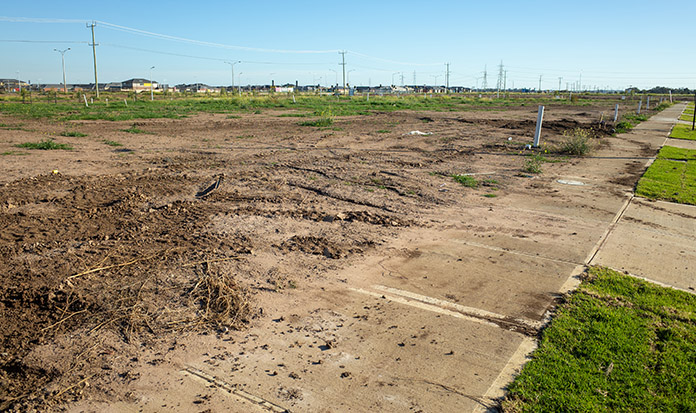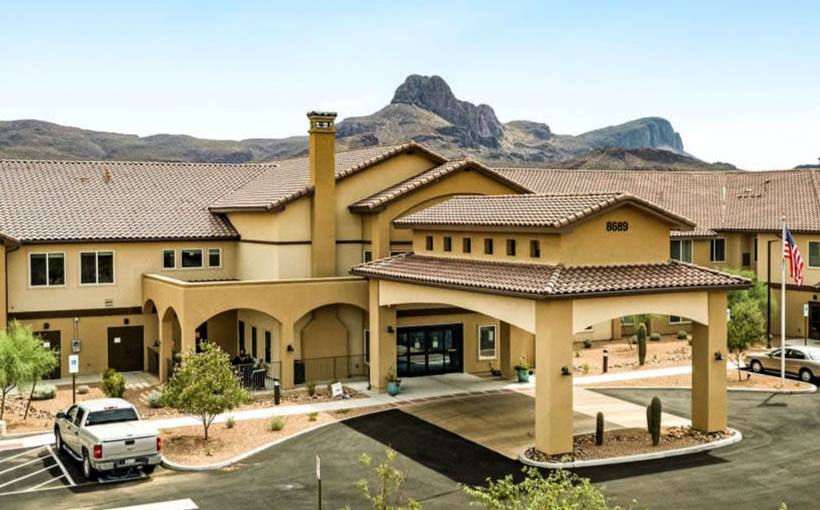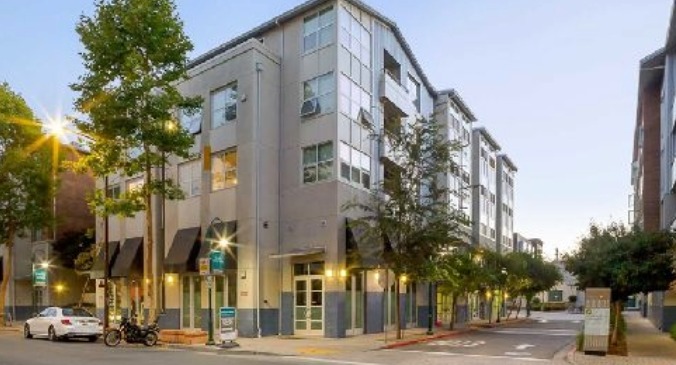Persistently high interest rates are restricting the ability of businesses to borrow money to invest in real estate construction. Fewer builders are seeking building permits for multifamily housing units or apartments as many remain concerned about high interest rates and new supply hitting the market, according to real estate brokerage Redfin.
Redfin analyzed data from January through May of this year and compared it to the same five-month span in 2021, 2022, and 2023.
“Builders obtained permits to construct 13 multifamily housing units for every 10,000 people in the U.S. so far this year, down nearly 30 percent from an average of 18 during the same periods in 2021–2023,” the firm said in a July 9 press release.
“Multifamily building permits have dwindled not because they’re harder to get, but because builders are seeking fewer of them.”
In Cape Coral, Florida, builders received apartment permits at a rate of 27 multifamily units per 10,000 people, the highest number among the 79 cities that Redfin analyzed. The next highest was in Austin, Texas, with a rate of 21 multifamily units per 10,000 people.
On the lower end, three cities in the analysis—Stockton, California; Bakersfield, California; and Providence, Rhode Island—didn’t issue any permits for multifamily units.
Redfin attributed builders’ decisions to seek fewer permits partly to elevated interest rates that have made it expensive for businesses to borrow money for construction projects. The Federal Reserve raised interest rates from roughly 0.25 percent in March 2022 to a range of 5.25 to 5.5 percent in July 2023, a rate which has remained steady.
Moreover, there is “already a near-record number of new multifamily units hitting the market due to a building boom in recent years, making it difficult for some property owners to find tenants,” Redfin noted. This level of supply makes builders hesitant to seek new permits.
Market supply
Even as permits for multifamily units dipped, the overall inventory of homes for sale appeared strong in the first five months of the year.
At the end of May, there were 1.28 million units in total housing inventory, according to the National Association of Realtors (NAR). This was up 6.7 percent from April and 18.5 percent from May 2023.
NAR Chief Economist Lawrence Yun predicts higher inventory will “tame” home price gains in the coming months.
“Increased housing supply spells good news for consumers who want to see more properties before making purchasing decisions,” he said.
Apartment supply is having an effect on rent prices.
Even though multifamily building permits and new construction projects have slowed down “significantly,” the number of these units finishing construction is at “historic highs,” Redfin said. This is because several projects that kicked off during the pandemic period are currently being finished.
This inventory adds to the supply, forcing property owners to compete for tenants. And this competition is limiting the growth in rent prices, the brokerage stated. Asking rents are now just 1 percent higher than they were one year ago, which is far lower than the 18 percent growth seen during the pandemic.
“Prospective renters should be aware that now may be a better time to sign a lease than later,” said Redfin senior economist Sheharyar Bokhari. “Property owners might start jacking up rents again once all of the new apartments hitting the market fill up with tenants and there’s no longer so much supply, which could be the case in a year or two.”
Builder sentiment and housing market
Carl Harris, chairman of the National Association of Home Builders (NAHB), said in June that sentiment among builders has become negative.
NAHB surveys “show builders are concerned with a high-interest environment that is making it harder to get acquisition, development, and construction loans to increase home building activity,” he said.
Higher rates for builder and developer loans, along with ongoing supply-side challenges regarding construction labor and buildable lots, are acting as headwinds for new home and apartment construction.
High interest rates are not only affecting builders but also prospective buyers. Elevated mortgage rates together with high home prices make buying a home an expensive proposition for people. This is making many buyers shy away from the market, according to Redfin.
Marije Kruythoff, a Los Angeles Redfin Premier agent, points out that some buyers are thinking this would be the best time to buy as they hear the market is cooling and they can get a good deal. Meanwhile, certain sellers think their properties will sell for top dollar.
“In reality, everything depends on the house and the location. The hottest properties in this area are either move-in ready or complete fixer-uppers. The homes in between, those that are pretty nice but not updated, are sitting on the market longest,” she said in a June statement.
“Sellers of that type of home often benefit from making cosmetic repairs before listing. And buyers who do encounter middle-of-the-road listings without much wow factor should consider trying to negotiate.”
Tech real estate marketplace Zillow is predicting “price relief on the horizon” for home buyers. Fresh listings of homes have risen “significantly” over the past year, outpacing sales and home price appreciation, it said.
Redfin data shows that new listings for residential properties are up 7.3 percent year-over-year in July across the United States. They increased 19.9 percent in Miami, 7.7 percent in New York City, and 5.2 percent in Sacramento, California.
Further addition of inventory and the expectation that mortgage rates will remain high for the remainder of the year could temper competition among buyers, dampening demand and forcing home prices to come down, Zillow said.
















